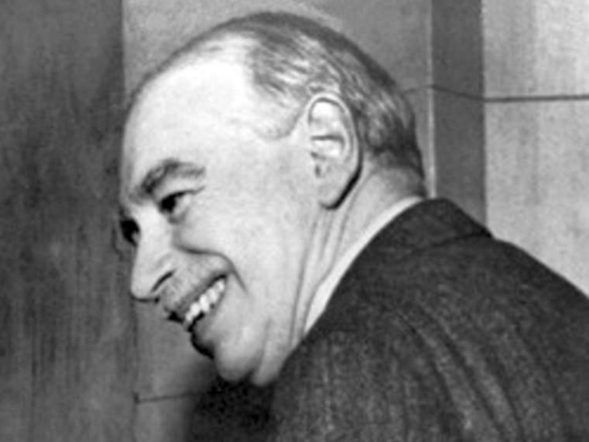
Image via Wikimedia Commons
Once the Fed’s toolbox proved unable to stop the cascading global financial meltdown, the US government turned to the one strategy that it had left. It dusted off the old economic playbook of John Maynard Keynes and began introducing massive stimulus plans and other forms of government intervention. Since our collective fate now depends on Keynesian theory holding water, it seems worth bringing you a primer on Keynes and his style of economic thinking. And that’s what you get with this segment from This American Life. The segment (get the full episode here and then move to the 38th minute) tells you a little about his complex personality. (As they put it, you could make two movies about him — one that features “Keynes the statesman, advising presidents and prime ministers, furiously writing up papers that changed the direction of modern intellectual thought. Another movie would pretty much be a gay porno …” He was sexually too “out there” for even the envelope-pushing Bloomsbury Group.) Through interviews with various economists, the program then overviews the central tenets of Keynesian economics, and discusses Keynes’ influence over later generations of economists. During the 1940s, 50s and 60s, Keynesianism was all the rage, then it declined and almost disappeared during the 70s. Now it’s back, perhaps stronger than ever. My completely intuitive guess is that Keynesianism will alleviate some of the financial strains — it will keep more people working, which is good — but it will also lengthen the recession, bring about new problems (inflation and new bubbles), and prevent us from seriously addressing the problems that got us into this mess. Keynesianism may be the humane and necessary way to go, but don’t expect perfection, or anything close. In the meantime, if you want more blogs and podcasts that track the financial crisis, then please see our handy list.


For an alternative to Keynesian economics, look towards Austrian economics at http://mises.org.